Hops / Spring / Summer / Autumn / Edible
Well known in brewing for its aroma, bitterness and antibacterial properties
Other Common Names
Hop, common Hop
Latin Name
Humulus lupulus -of the Cannabaceae family (hemp family)
The latin name is very likely derived from the lupulin, a thick yellow substance containing acids and essential oils that give beer its prised aroma and flavor
Physical Characteristics of Hops
Perennial climbing vine (bine) plant appearing in early April from rhizomes producing new erect shoots. Very fast growing and can reach 7 meters in length, wrapping itself around other plants and shrubs to gain height. Leaves in opposite arrangement on a ridged stem with many short hooked hairs making it coarse to touch and twisting clockwise, Grass green stem with darker green leaves.
Leaves
Grow on the stem in pairs opposite one another, have 3 to 5 lobes, toothed margins, leaf veins have a very textured appearance and feel, which resemble nettle leaves. Rough to touch. Can grow to hand size when mature
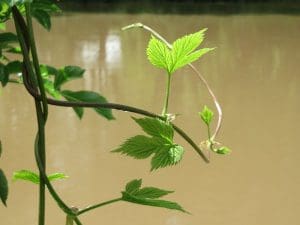
Flowers
Hops are dioecious meaning they have separate male and female plants. Hops will flower between July to September.
Female flowers- seeds cones (strobiles) are light green turning brown when ripened and cone (pom pom like) shaped, can have a distinctive scent between garlic, apples and yeast
Male flowers- light green/yellow small flowers grow in loose branching groups. Have a star shaped sepal at the base of each flower.
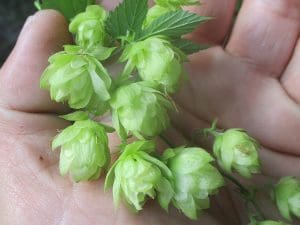
Habitat, Range and Distribution
Hops, like barley, originate from southeast Asia. Prefers warmer parts of the uk, very rare up north. Found most often on hedgerows, edges of woodlands and banks. Can be more common in areas like Suffolk and Kent where Hops is grown commercially and you can find escapees.
Conservation Considerations
Creates dense habitat for birds and insects to live. Flowers provide nectar for insects.
Harvest Time and Techniques for Hops
New shoots appear in early April, you can still harvest fresh side shoots as the plant matures. Cut the top 3-6 inches
Flowers appear from july to september, flowers are ripe when turning brown
Unpollinated cones (seedless) are preferred for beer brewing, and commercially male plants are removed to stop pollination.
Harvest your Hops when they are over ripe so they will be full of alpha acids, you can tell by giving them a little squeeze, if they stay compressed they are under ripe if they spring back, get picking! They should be springy, papery and have visible yellow substance (lupulin) if it’s orange and smells rancid it’s spoiled. Hops have scratchy hooked hairs so if harvesting large quantities, gloves may be advised. For drying do not exceed 60 degrees or 3 days otherwise you will be losing the precious aroma.
Could Be Confused With, and Other Safety Notes
Could be confused with other vining plants such as black bryony and white bryony and bindweed (POISONOUS). They can even grow wrapped around each other so close attention needs to be paid.
None of these produce the light green cones, so the danger of confusion is only when harvesting the fresh shoots. None of these look alikes have a nettle like toothed margin on the leaves so as long as you pay close attention and check every shoot has characteristic hops leaves with a toothed margin and lobed leaves you will avoid the above plants. Hops will also have no tendrils.
Brief overview of the poisonous look alikes-
Black bryony- Tamis Communis, Dioscorea Communis
Shiny heart shaped leaves, non- toothed leaf margin, white/green 6 petaled flowers that produce bright red berries, has a tuber root and a thicker stem.
White bryony- Bryonia dioica
Leaves heart/ arrow shaped when young maturing to have 5 lobes (palmate) leaves have a non-toothed margin, tendrils, green white 5 petaled flowers that produce green then ripening to red berries.
Bindweed- Heart shaped leaves, smooth stem, smooth leaf margin (non toothed)
Health cautions
Some chemicals in hops act like estrogen. People who have conditions that are sensitive to hormones should avoid hops. Some of these conditions include breast cancer and endometriosis.
Best not taken in large quantities within a couple of weeks of a procedure using anesthetic due to hops already having a sedative effect
Lacks research on safety with pregnancy and breastfeeding so best avoided at these times
Toxic to dogs
Otherwise considered safe to consume.
Edible Uses
New shoots and fresh side shoots can be stir fried and used like asparagus. Need only light cooking. Delicious and tender with a soft flavor, pair well with eggs.
The female flowers can be dried and made into tea which has a bitter taste and likeness of beer. For storage, dry the hops and keep airtight and out of light.
Hops have been brewed in beer making since the middle ages, it was originally added for its antibacterial properties and is what makes beer foamy.
photo- missyfantphotography.com
Medicinal Uses
Hops has bacteriostatic (stops bacteria from reproducing) properties.
Hop has been used to treat anxiety and sleep problems, restlessness as it has mild sedative properties. Also historically said to have been a cure for digestive complaints.
Due to their estrogen like properties Hops are being researched for possible use in hormone replacement therapies
Extra Tips and Fun Facts
Hops shoots the most expensive vegetable in the world!!
Putting hops flowers under your pillow is a highly regarded trick for getting a good night’s sleep.
Hops was initially used in beer for its antibacterial properties
Hops will always twist naturally in a clockwise direction
Hops is technically a bine ( not a vine) as it wraps around as it grows and does not have tendrils like vines do.
The first mentions of Hops use in brewing dates back to 1079, but it was in the 13th century that hops started to take over from the use of gruit for flavoring. To begin with it was also a political choice as there was no tax on Hops to be paid to the church unlike gruit.
Source
https://www.woodlandtrust.org.uk
https://cheersall.com/blogs/news/top-10-fun-facts-about-hops
https://www.homebrewersassociation.org/how-to-brew/how-to-harvest-prepare-and-store-homegrown-hops/




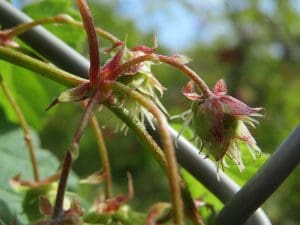

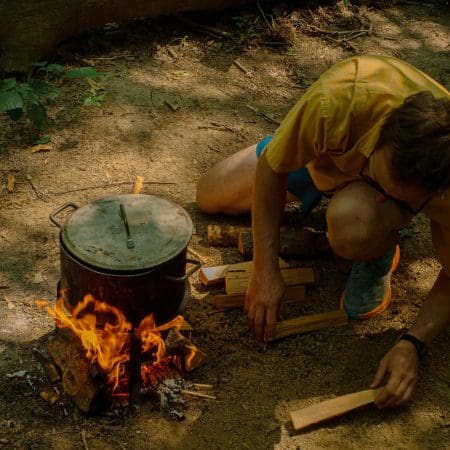

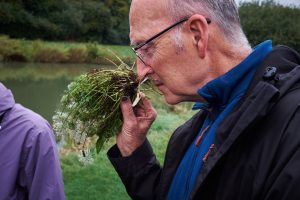
Leave a Reply
You must be logged in to post a comment.